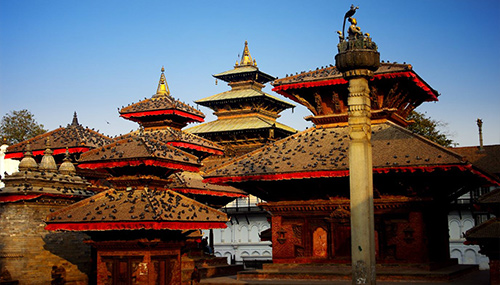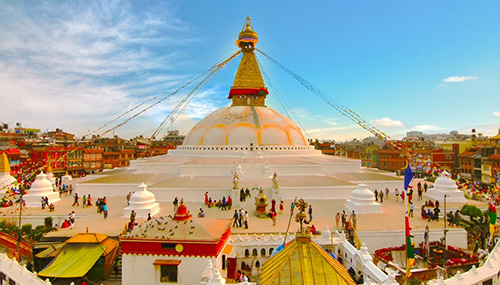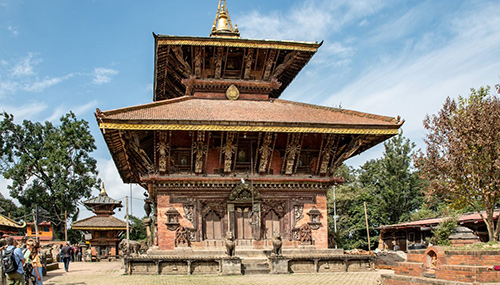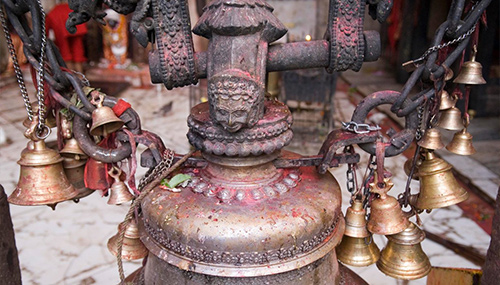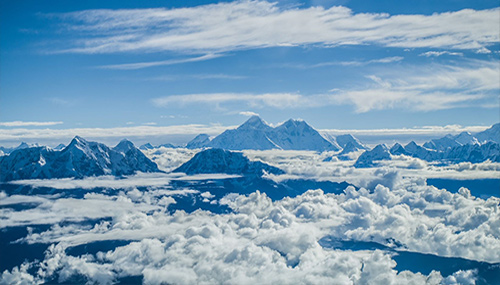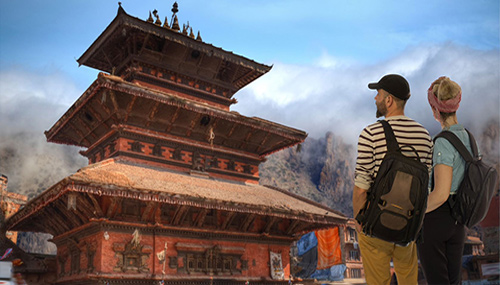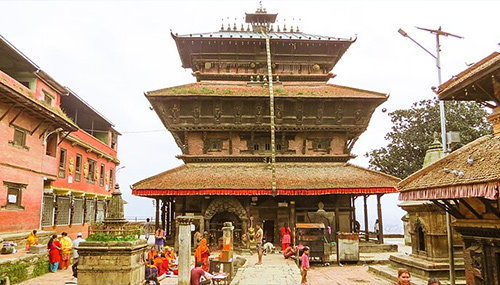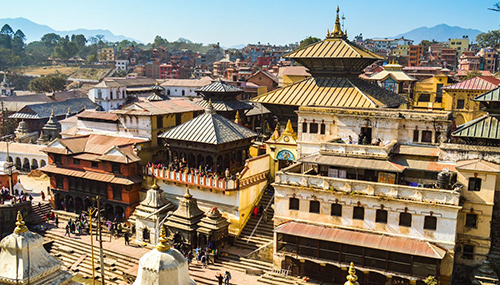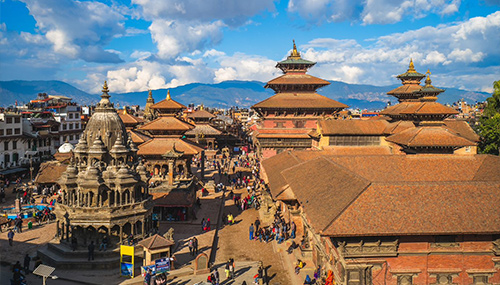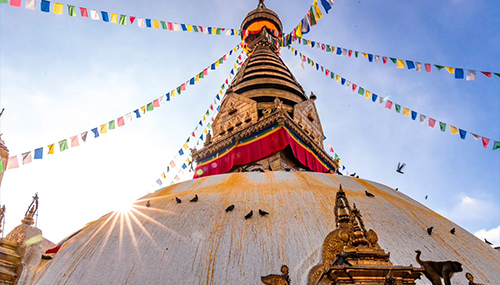Bhaktapur
It is also known as Bhadgaon meaning the city of devotees, this place is the home of medieval art and architecture. This place was founded in the 9th century and is shaped like a conch shell. The city is at a height of 4600 ft. above sea level. You will visit the Durbar Square with its array of temples overlooked by the palace of 55 Windows built by King Bupatindra Malla, the Nytapola Temple. This temple, which was also built by King Bhupatindra Malla, is the best example of the Pagoda style and stands on five terraces, on each of which stands a pair of figures, famous strong men, elephants, lions, griffins, and goddesses.
